From "Internet Celebrity" to "Host": How Social Media Broadcasters Influence the Expression and Positioning of Traditional Hosting Arts
DOI: 10.23977/mediacr.2024.050401 | Downloads: 25 | Views: 956
Author(s)
Wang Zilong 1
Affiliation(s)
1 School of Culture and Media, Xichang University, Binhai Middle Road, Xichang, China
Corresponding Author
Wang ZilongABSTRACT
With the rise of social media and live streaming platforms, internet celebrity host culture has rapidly penetrated mass communication, bringing unprecedented challenges and changes to the traditional broadcasting and hosting industry. Based on media convergence theory and framing theory, this paper uses typical case analysis to explore how internet celebrity culture reshapes traditional hosts' expression styles, professional positioning, and communication strategies with audiences through live streaming platforms. The paper analyses the symbiosis and opposition between internet celebrity culture and traditional hosting arts from aspects of personalized expression, interactive communication, and professional image, proposing transformation paths and strategies for hosts in the new media era. Research finds that the personalization, interactivity, and entertainment nature of internet celebrity culture has impacted traditional hosting arts, compelling hosts to adapt to the new media environment while maintaining professionalism and credibility. This paper provides new theoretical perspectives and practical suggestions for how hosting arts can achieve innovative development in the context of media convergence.
KEYWORDS
Internet Celebrity Culture, Live Streaming Platforms, Traditional Hosting, Expression Style, Career Positioning, Audience CommunicationCITE THIS PAPER
Wang Zilong, From "Internet Celebrity" to "Host": How Social Media Broadcasters Influence the Expression and Positioning of Traditional Hosting Arts. Media and Communication Research (2024) Vol. 5: 1-8. DOI: http://dx.doi.org/10.23977/mediacr.2024.050401.
REFERENCES
[1] Jenkins, H. (2006). Convergence Culture: Where Old and New Media Collide. New York University Press.
[2] Goffman, E. (1974). Frame Analysis: An Essay on the Organization of Experience. Harvard University Press.
[3] Entman, R. M. (1993). "Framing: Toward Clarification of a Fractured Paradigm." Journal of Communication, 43(4), 51–58.
[4] Zheng Ke. Analysis of the Interactive Development of Social Media Broadcasters and Broadcasting and Hosting Arts [J]. China Newspaper Industry, 2023(08):28-29.
[5] Cheng Shan. Integration, Communication, and Common Development: A Study on the Mutual Learning between Social Media Broadcasters and Broadcasting and Hosting Arts [J]. World of Audio-Visual, 2021(22):33-35.
[6] Li Lingtao, Li Yang. Analysis of the Interaction between Social Media Broadcasters and Broadcasting and Hosting Arts [J]. Chinese TV, 2021(01):40-44.
| Downloads: | 19218 |
|---|---|
| Visits: | 438100 |
Sponsors, Associates, and Links
-
Journal of Language Testing & Assessment
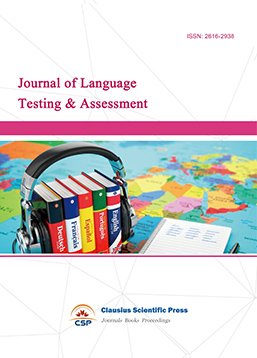
-
Information and Knowledge Management

-
Military and Armament Science

-
Journal of Human Movement Science
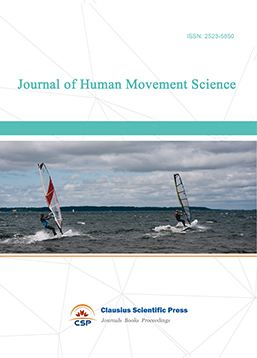
-
Art and Performance Letters
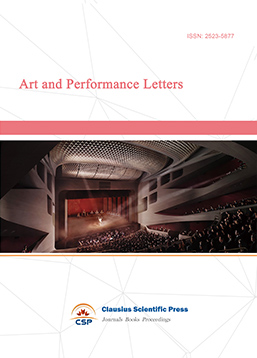
-
Lecture Notes on History
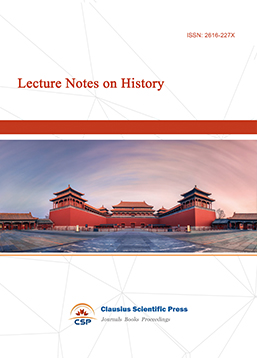
-
Lecture Notes on Language and Literature

-
Philosophy Journal

-
Science of Law Journal

-
Journal of Political Science Research

-
Journal of Sociology and Ethnology
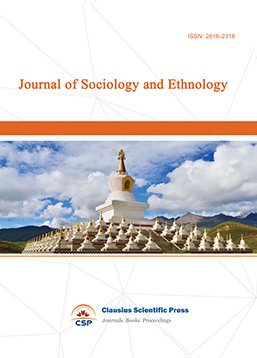
-
Advances in Broadcasting


 Download as PDF
Download as PDF